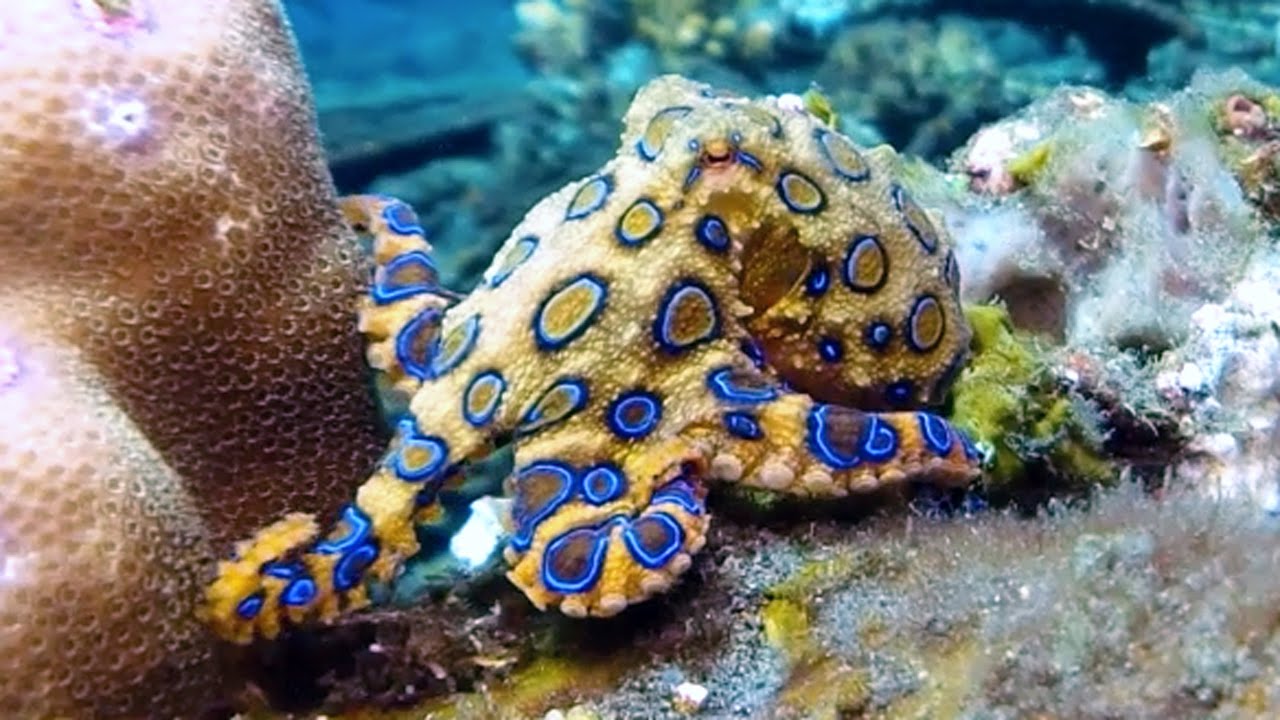

Understanding The Deadly Blue-Ringed Octopus: Facts, Myths, And Safety Tips
Did you know that the blue-ringed octopus is one of the most venomous marine animals on the planet? With its vibrant blue rings and small size, this octopus is often underestimated. However, it possesses a potent neurotoxin called tetrodotoxin, which can be lethal to humans. This article aims to uncover the truth about the blue-ringed octopus, debunk common myths, and provide essential safety tips for anyone who might encounter this fascinating creature.
In June 2024, rumors circulated about the blue-ringed octopus's ability to deliver a painless bite that could kill 26 adults within minutes. This alarming claim gained traction on social media platforms, garnering thousands of views and shares. As we delve deeper into this topic, we will explore the validity of such claims and highlight the importance of understanding the risks associated with this beautiful yet dangerous marine animal.
While blue-ringed octopuses are not known to attack humans, they can bite if they feel threatened. A bite from this species can lead to severe consequences due to the presence of tetrodotoxin, which is approximately 1200 times more toxic than cyanide. In light of this, it is crucial to educate ourselves about the blue-ringed octopus, its habitat, and how to safely enjoy marine environments without risking encounters with these venomous creatures.
What You Will Learn
- The lethal capabilities of the blue-ringed octopus and its toxin.
- Common myths regarding the behavior of blue-ringed octopuses.
- Precautions to take when in areas inhabited by blue-ringed octopuses.
- The significance of immediate medical attention in case of a bite.
Meet Pat Venditte: The Rare Ambidextrous Pitcher Of Baseball
A Deep Dive Into The Viral Giant Crocheted Cats Phenomenon
The Truth Behind Crisco: A Closer Look At Its Origins And Misconceptions



